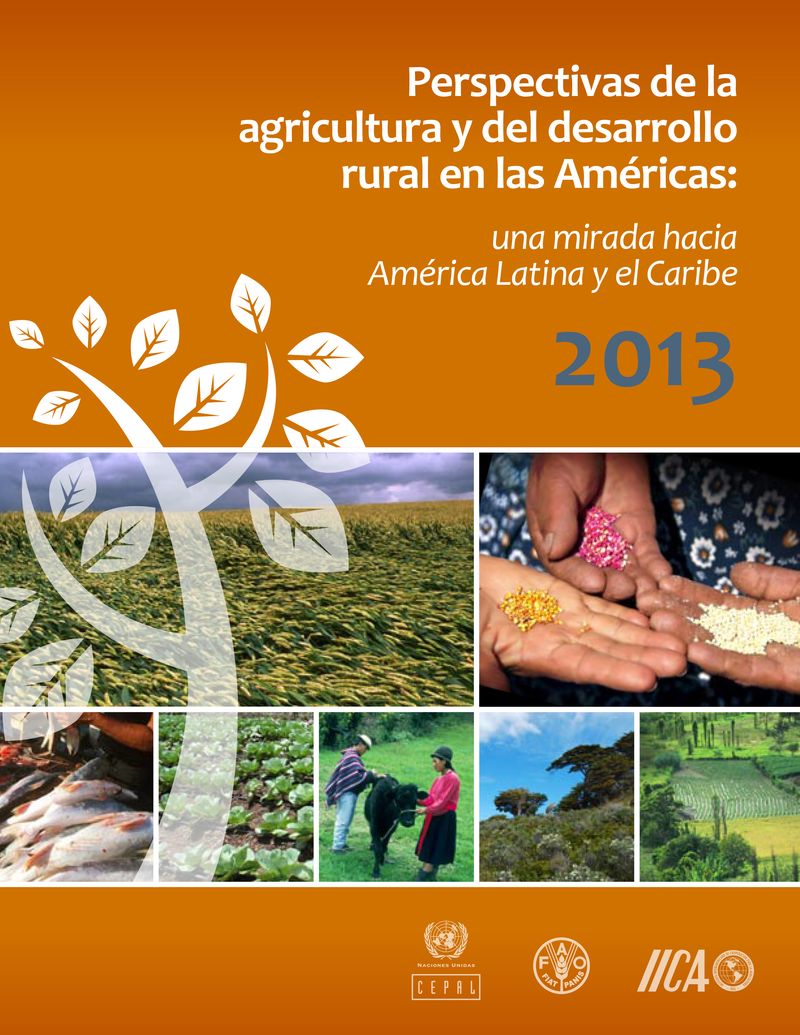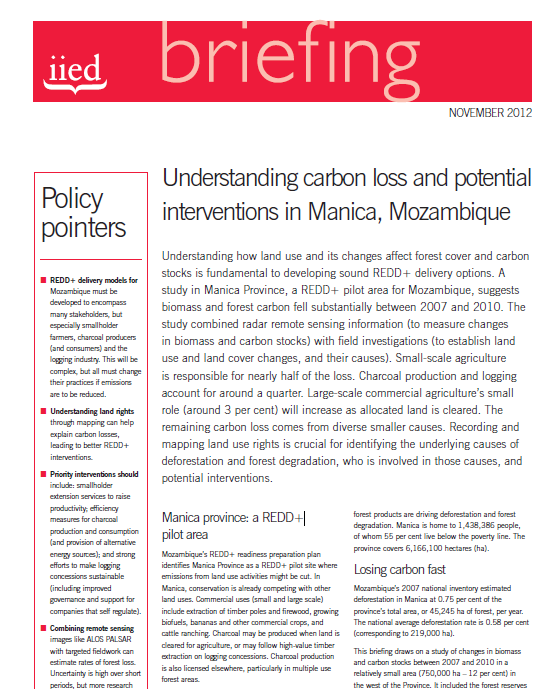Vyāghranomics in Space and Time : Estimating Habitat Threats for Bengal, Indochinese, Malayan and Sumatran Tigers
As the wild tiger population in tropical
Asia dropped from about 100,000 to 3,500 in the last
century, the need to conserve tiger habitats poses a
challenge for the Global Tiger Recovery Program. This paper
develops and uses a high-resolution monthly forest clearing
database for 74 tiger habitat areas in ten countries to
investigate habitat threats for Bengal, Indochinese, Malayan
and Sumatran tigers. The econometric model links forest







